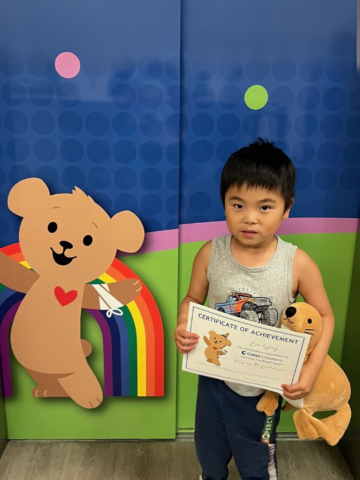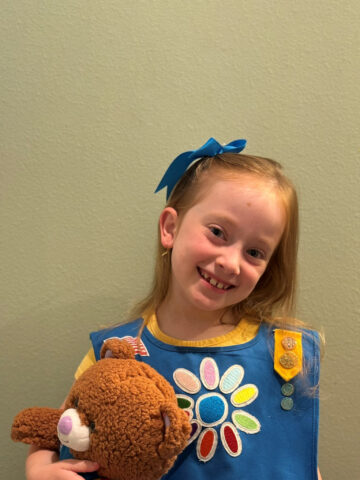This test measures the pressure or contractions in the stomach and small intestine to determine how well the stomach and the duodenum work together.
Preparing your child
- Your child should not eat solid foods for eight hours before the test. He/she may have clear liquids up until four hours before the test, and then nothing by mouth for four hours before the test. Clear liquids include Gatorade, popsicles, apple juice, ginger- ale, sugar water, and water (no red products).
- You may be asked to stop certain medications up to 72 hours before the test.
- You will be with him/her during the entire test.
- Explain to your child how the test is done (The nurse will help you do it before the test. It may be helpful for your child to bring a favorite toy to make your child more comfortable during the procedure.)
- The test will take 6-8 hours.
Description of test
- An intravenous line (IV) will be started.
- Your child will be taken to the GI procedure room.
- Anesthesiologist will give medicine to help your child sleep when catheter is placed.
- During the upper endoscopy (EGD) procedure, the doctor will use the camera to place a narrow catheter through the nose into the stomach and small intestines. (For patients with G/GJ tubes, the tube will be placed via the existing G tube opening.)
- The tube will be secured with tape.
- Once the catheter is placed, your child will be taken to the recovery room (PACU).
- Once your child is awake, he/she will be then taken to the GI Motility Suite (2 people can come in).
- The catheter will be attached to the Manometry machine and computer.
- First, the test will determine how your child’s stomach/intestines work at rest (fasting).
- Your child will be given food and medication as part of the test. Please do not allow your child to eat or drink until instructed to do so by staff.**
During the test
- Your child may gag with the tube in his/her nose and throat.
- Your child will be asked to lie as still as possible during the test.
- The test involves putting water into the stomach and small intestine, your child may need to go to the bathroom more often than usual.
- This test does not cause pain, although it may be uncomfortable for your child—we will work to make them as comfortable as possible.
After the test
- Your child may return to a normal diet, play and usual activities once the test is completed and the tube is removed from the nose.
- Your doctor will discuss the results of the test with you.




